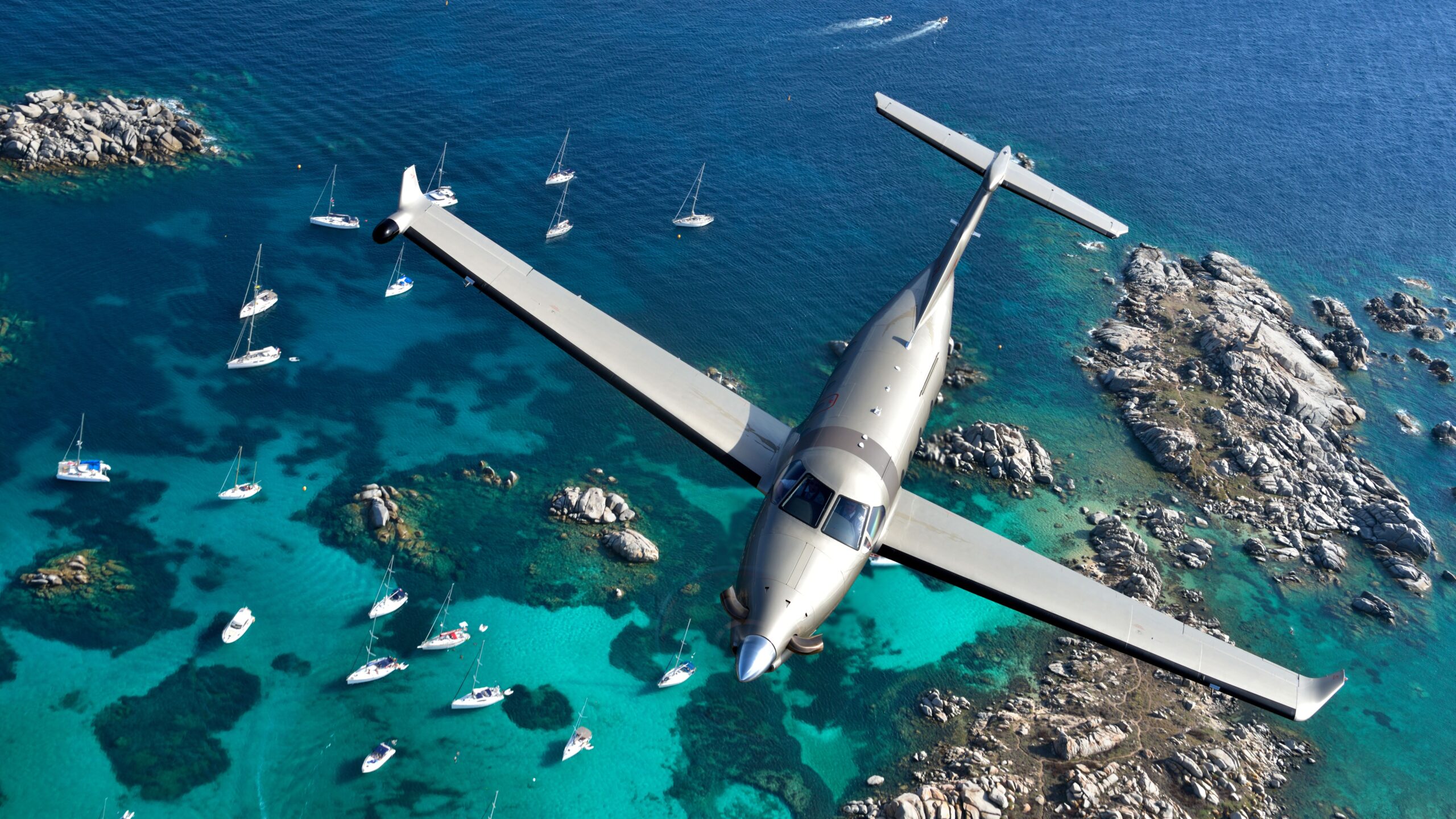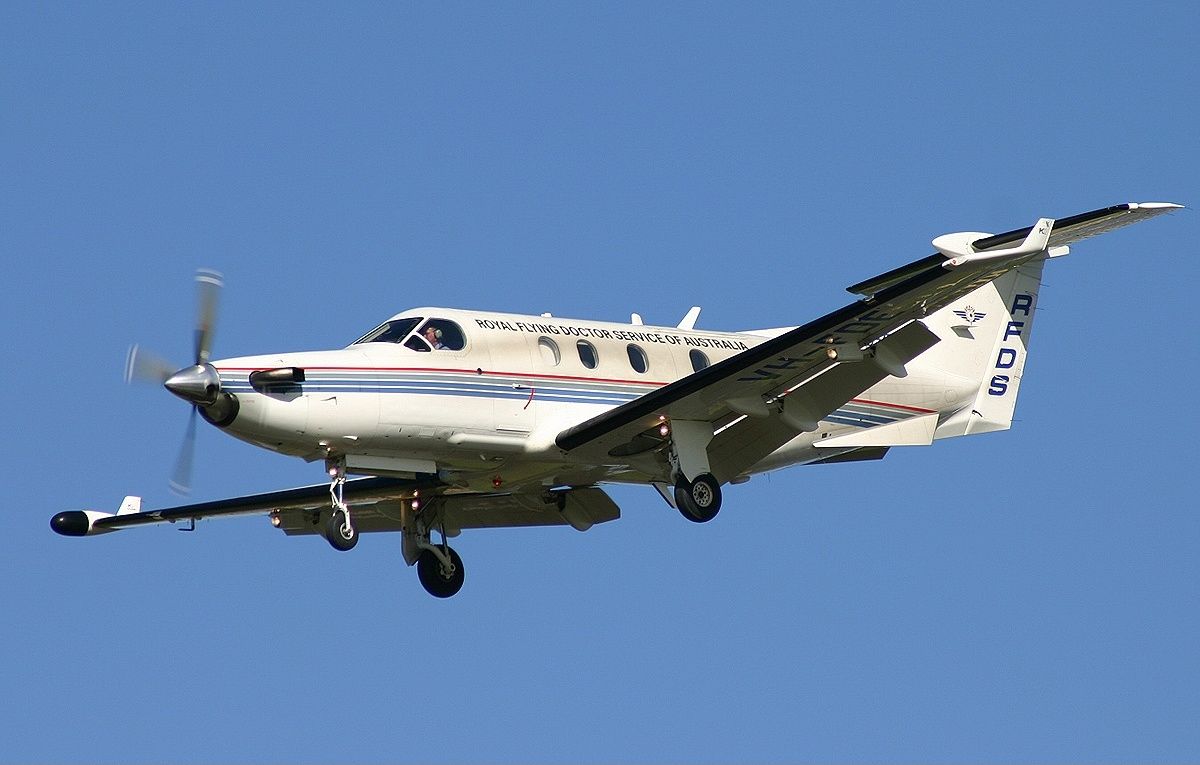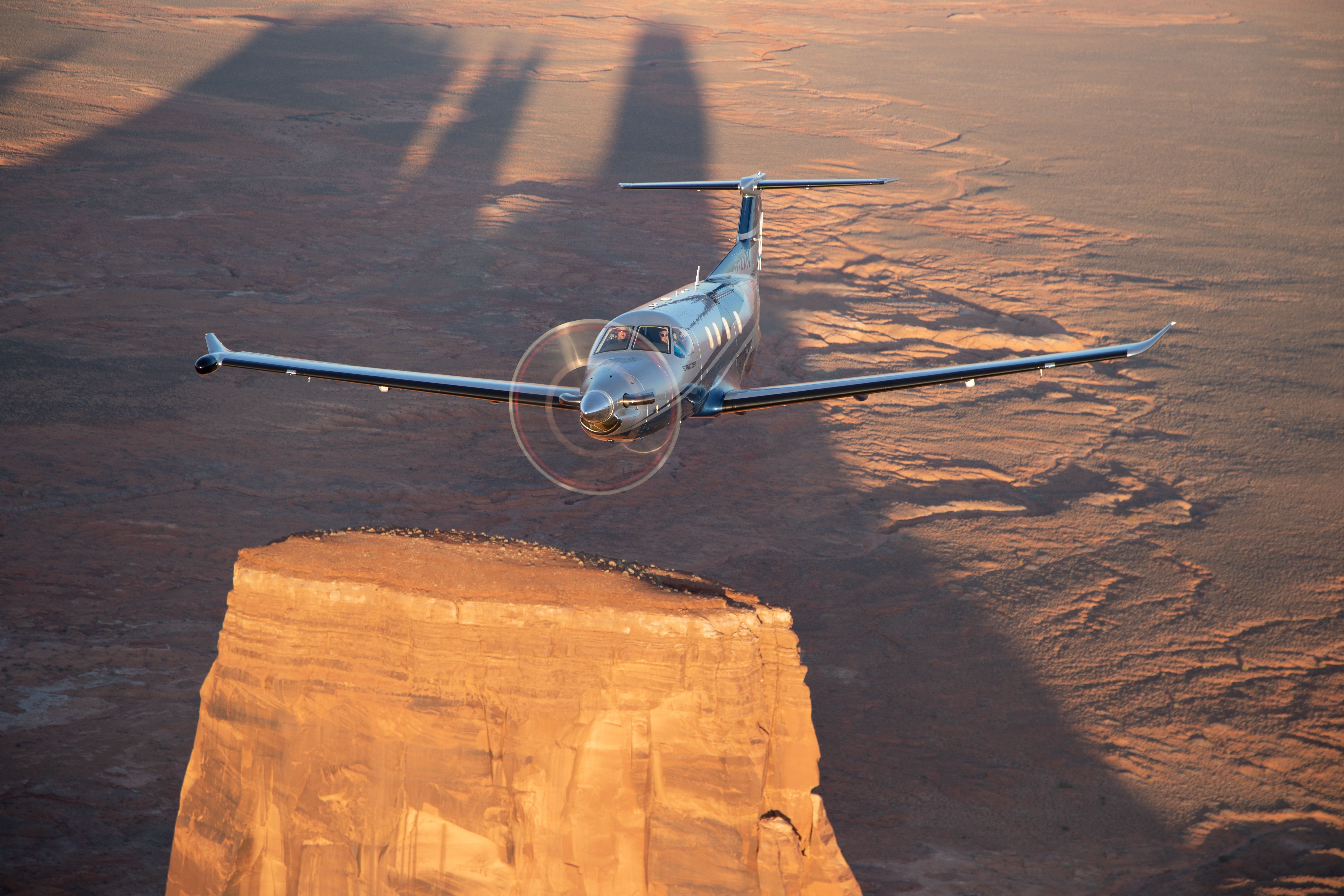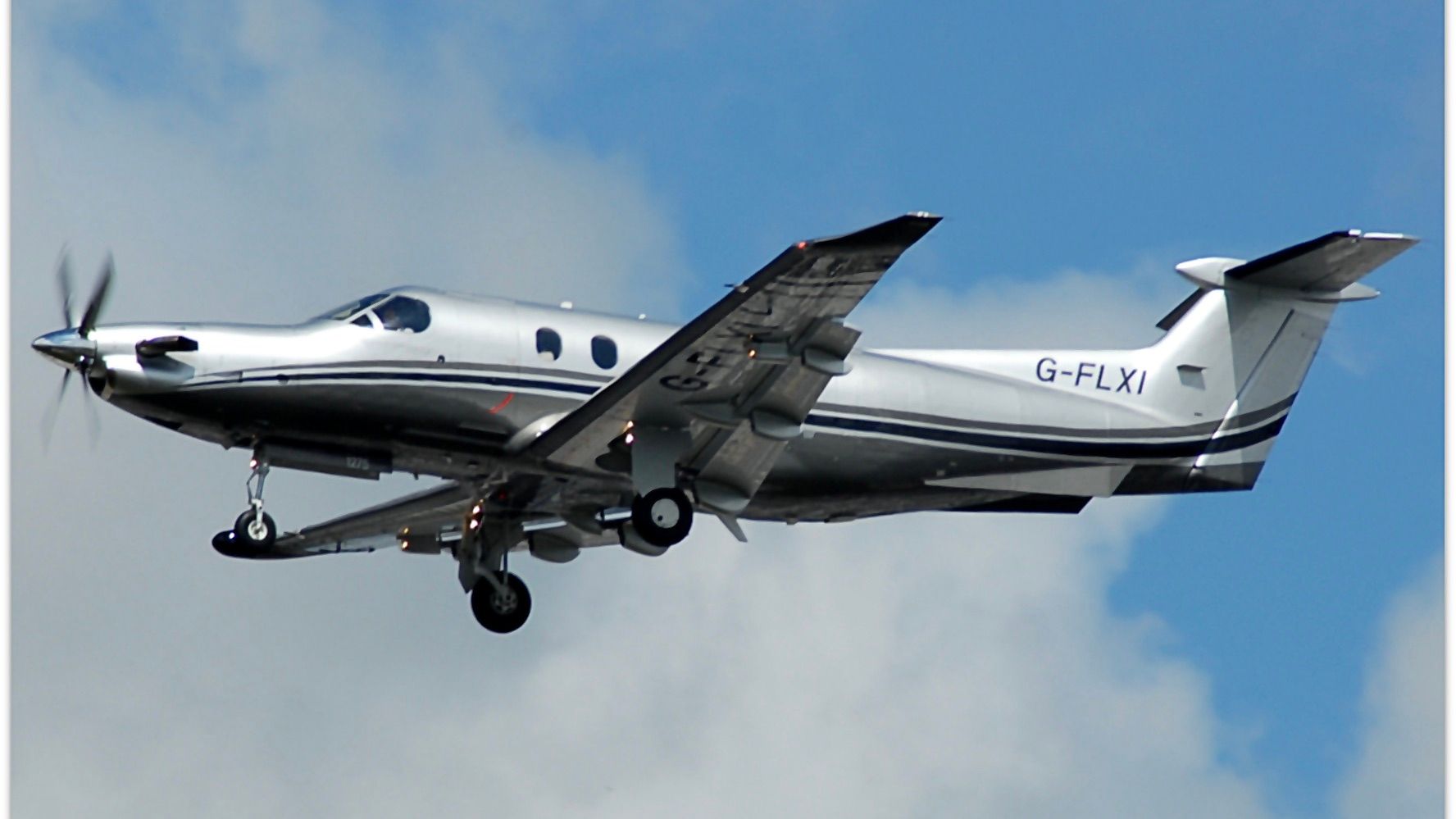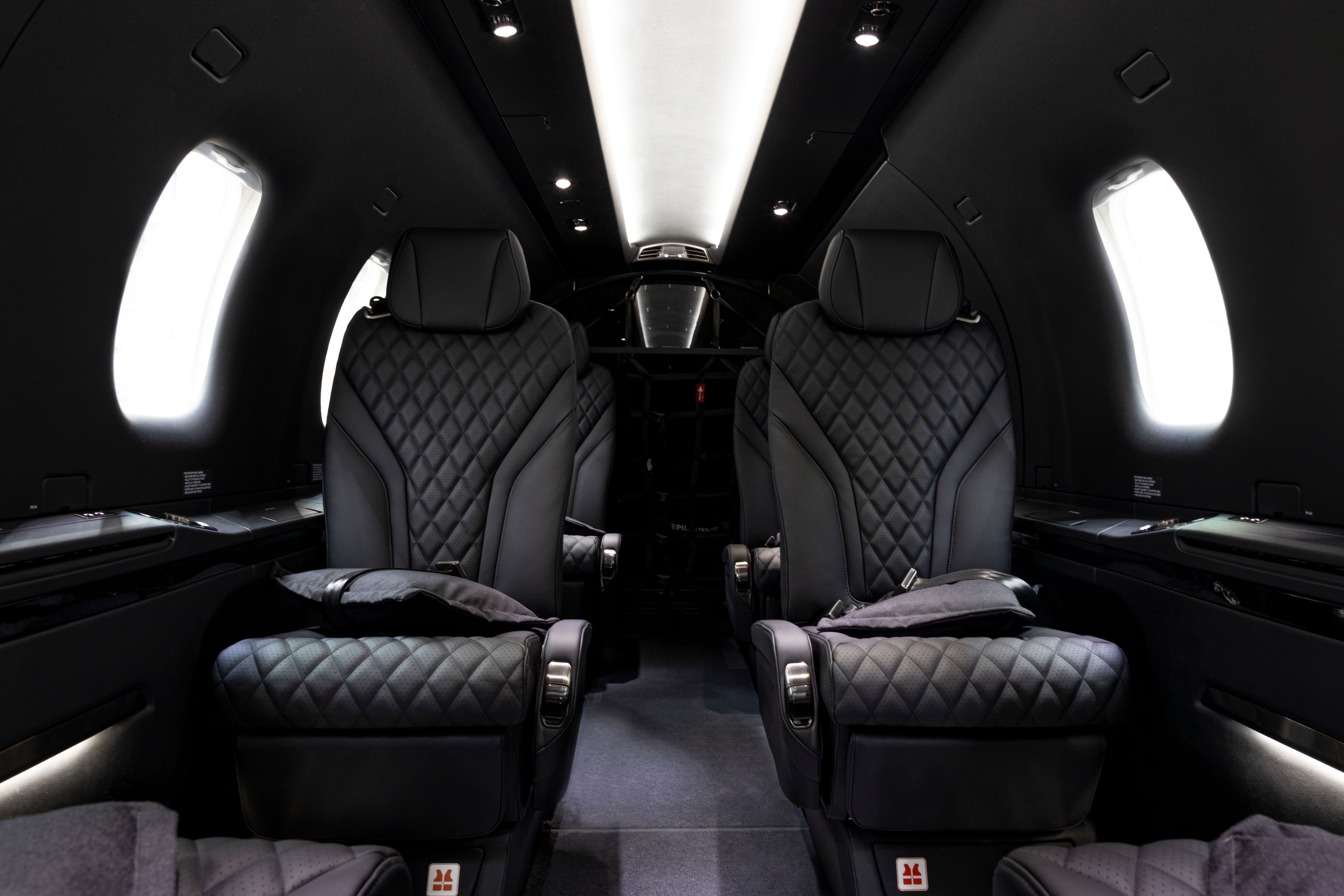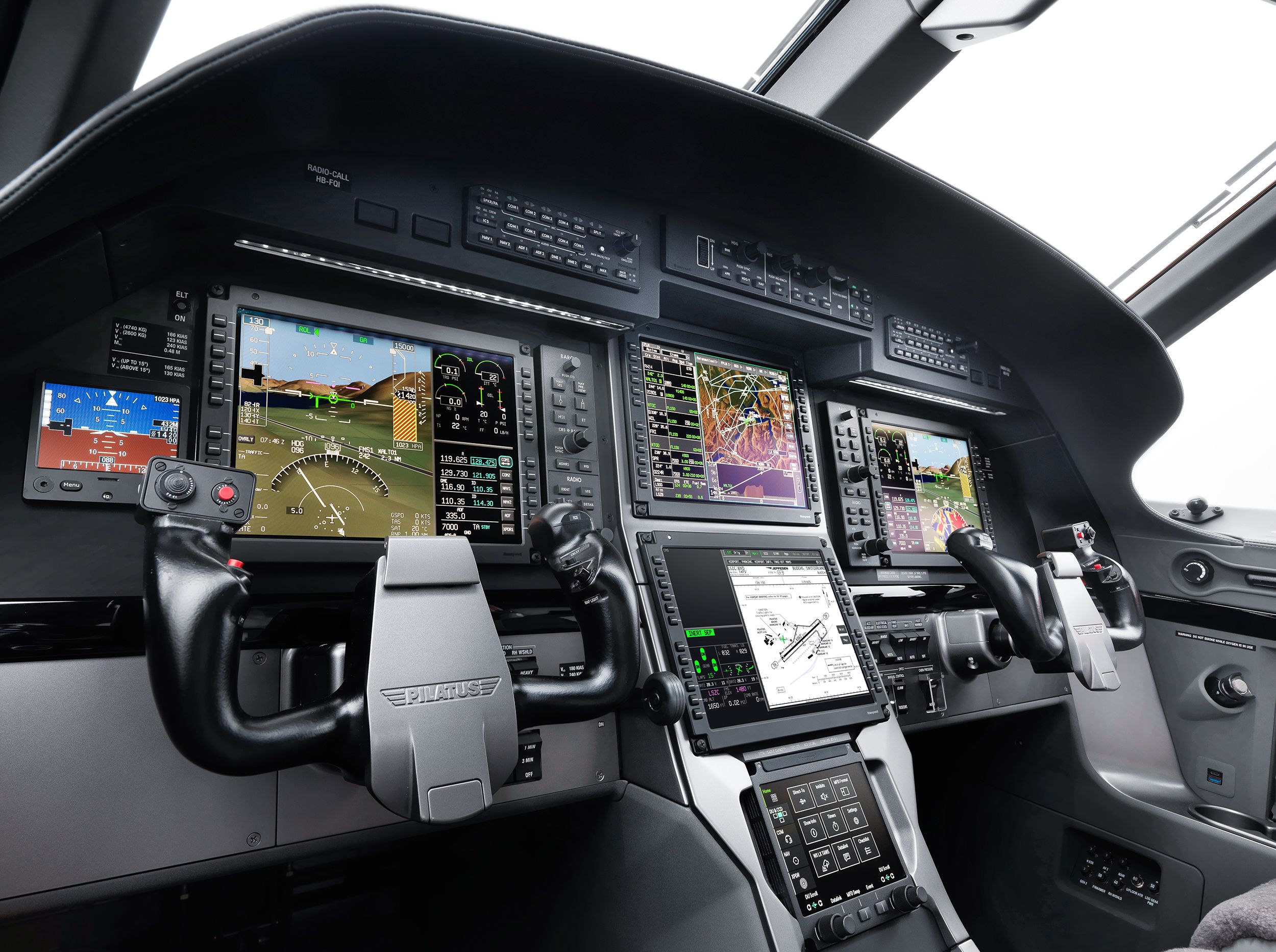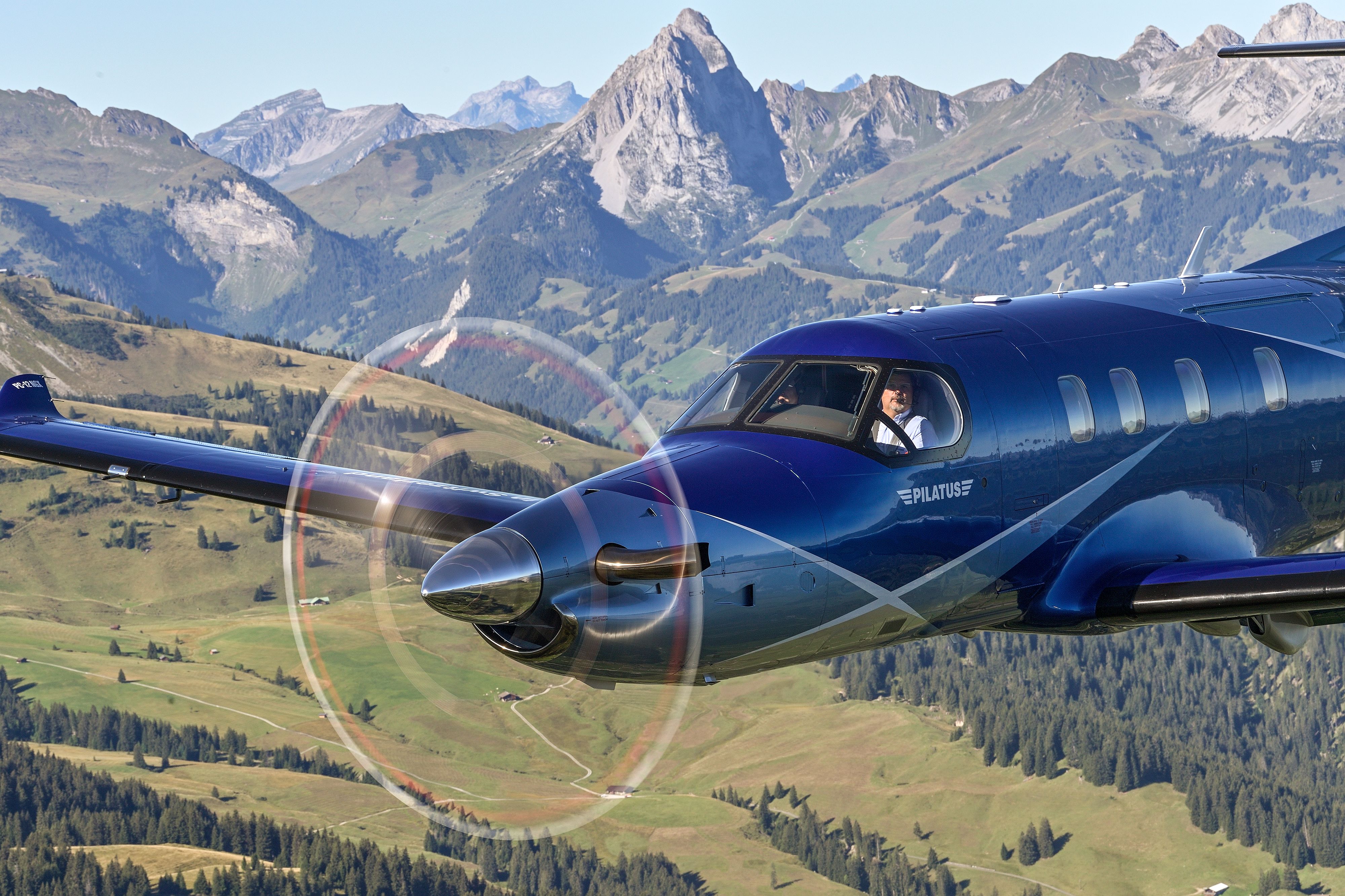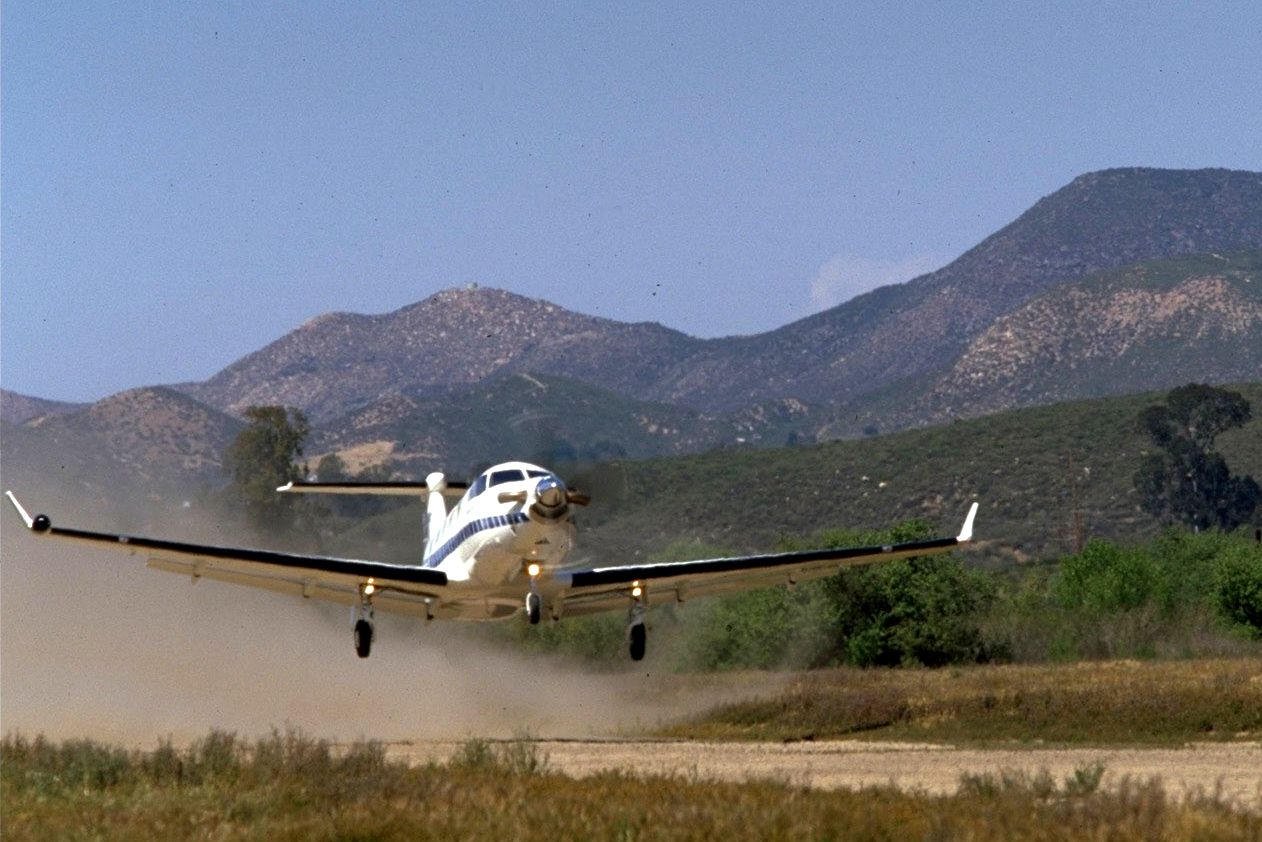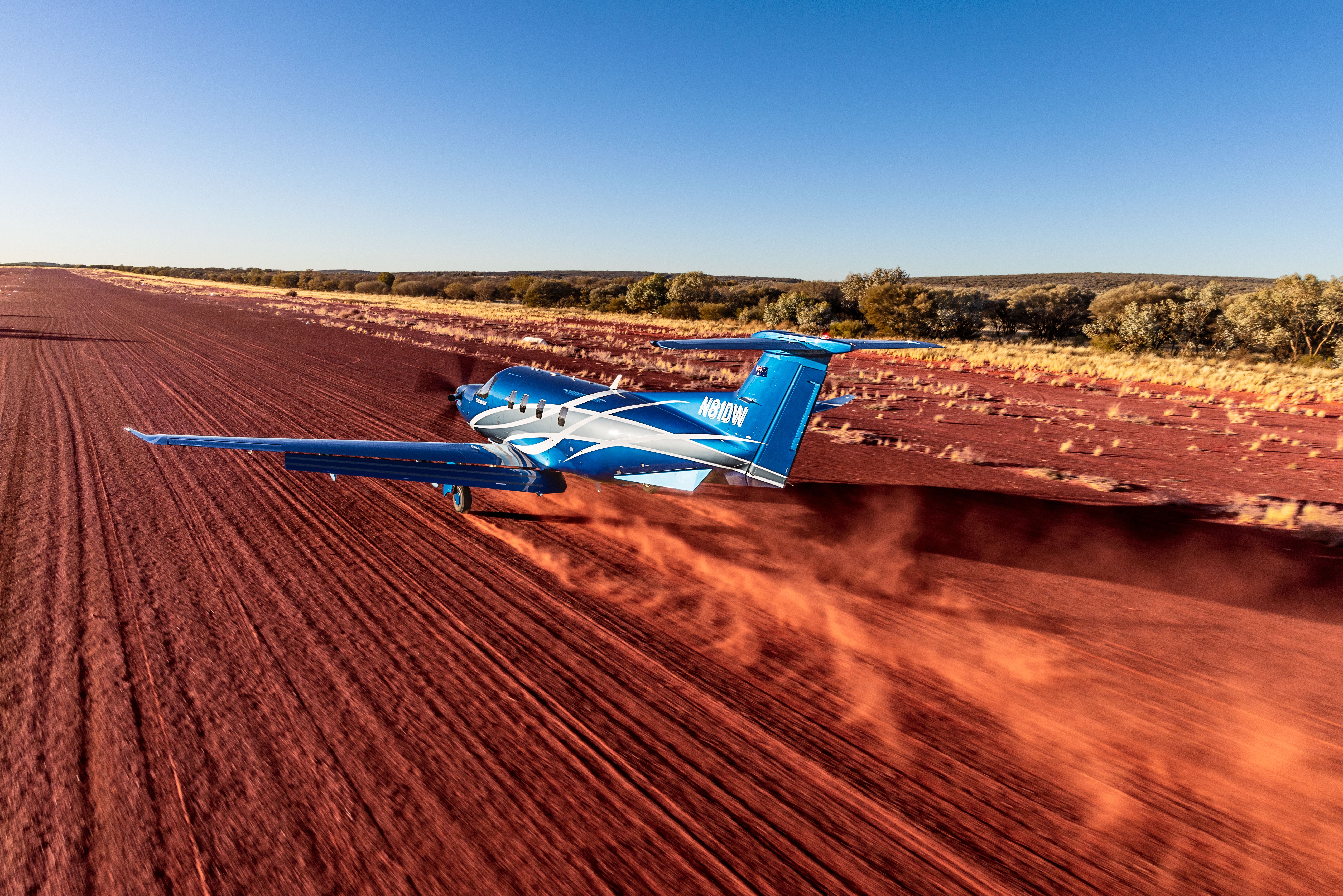Summary
- Versatile, adaptable aircraft for executive transport, cargo, medical evacuation, and special missions.
- Offers impressive range, fuel efficiency, and sustainability with up to 74% less emissions and SAF compatibility.
- Spacious, comfortable cabin with customizable interiors, advanced avionics, and safety features, built for rugged terrain and harsh environments.
The Pilatus PC-12 has earned a stellar reputation for its versatility, reliability, and performance in a variety of aviation roles. Whether serving as a corporate aircraft, air ambulance, or in special mission applications, the PC-12 stands out in the turboprop category. Here are the top five features that make the Pilatus PC-12 a standout aircraft, highlighting why it continues to be a favorite among pilots and operators alike.
1
Exceptional versatility
From passenger transport to medical evacuation
The Pilatus PC-12 is celebrated for its exceptional versatility. It can operate in various roles, including executive transport, cargo, medical evacuation, and special missions. The aircraft’s adaptability to different missions is one of its most significant advantages.
The PC-12 can quickly be converted from a luxurious passenger aircraft to a cargo transporter, making it a valuable asset for various industries. According to GlobalAir, its Short Takeoff and Landing (STOL) capabilities – 1,475-foot (450-meter) takeoff and 2,783-foot (848-meter) landing distances – allow it to operate from short and unpaved runways, providing access to remote and difficult-to-reach locations.
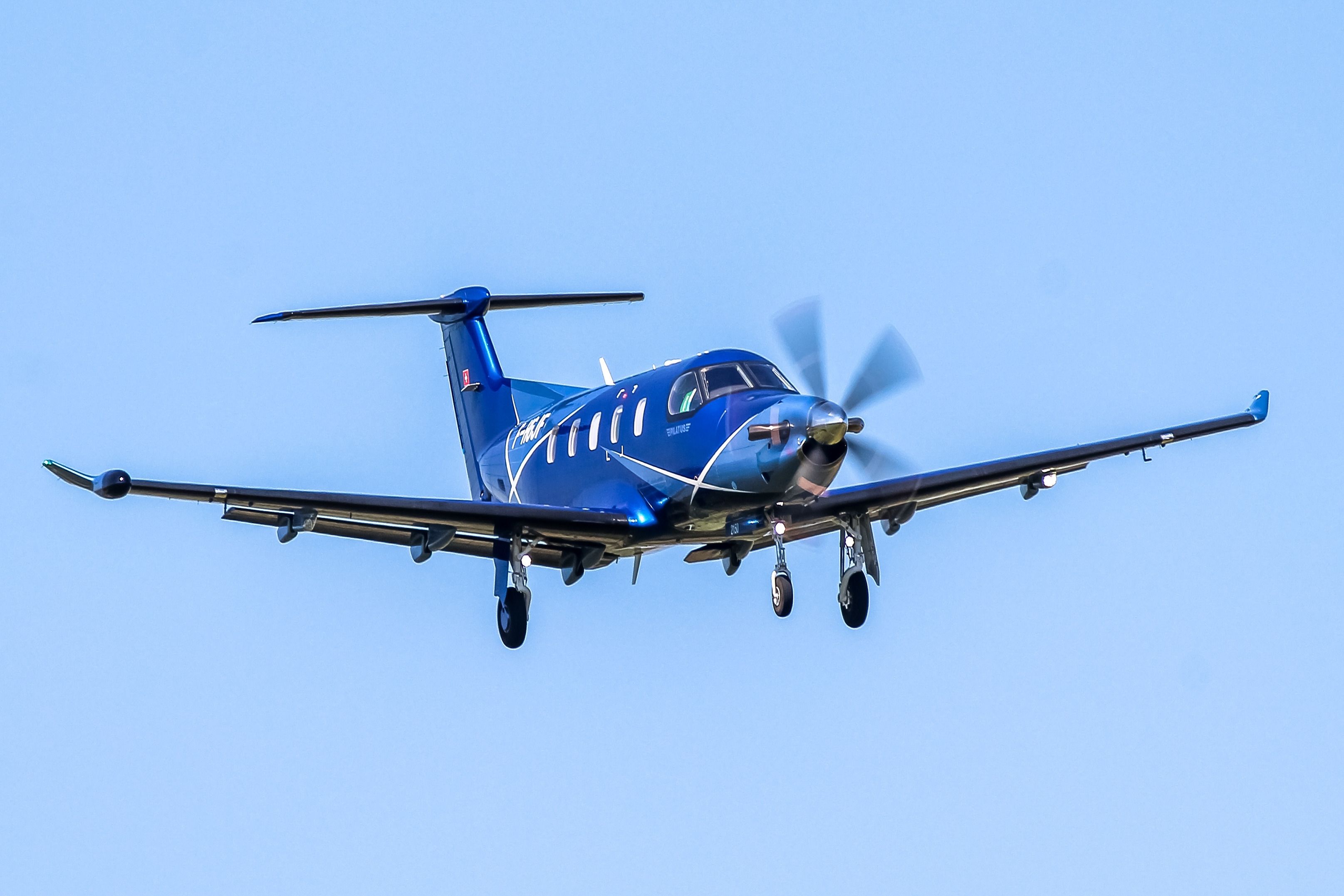
Related
Versatile Single-Turboprop Design: The Story Of The Pilatus PC-12
The aircraft can operated in harsh climates.
This versatility is further enhanced by its high payload capacity, which can carry up to 2,257 pounds (1,024 kilograms) of cargo. This adaptability and performance in diverse roles make the PC-12 an indispensable tool for operators needing a multirole aircraft.
Key highlights:
- Multirole capability: Capable of converting from passenger to cargo configurations.
- STOL performance: Short Takeoff and Landing (STOL) capabilities allow operations from short and unpaved runways.
- High payload capacity: Can carry up to 2,257 pounds (1,024 kilograms) of cargo.
2
Superior range and efficiency
Fly farther and more efficiently
The PC-12 offers impressive range and fuel efficiency. Its efficient Pratt & Whitney PT6A-67P single engine provides the necessary power while keeping operational costs low.
Photo: Pilatus Aircraft
This powerful engine allows the PC-12 to achieve a range of up to 1,803 nautical miles (2,075 miles / 3,339 km) and its maximum cruise speed of 290 knots (334 mph / 537 km/h) ensures that passengers reach their destinations quickly and efficiently, making it a practical choice for business and leisure travel alike.
Notably, the PC-12 is a sustainable option, generating up to 74% less emissions, per Pilatus. It is also certified to operate on Sustainable Aviation Fuel (SAF).
Key highlights:
- Range: Up to 1,803 nautical miles (2,075 miles / 3,339 km).
- Cruise speed: Capable of cruising at 285 knots (528 km/h).
- Sustainability: Lower emissions and SAF compatibility.
3
Spacious and comfortable cabin
For ultimate passenger satisfaction
The PC-12 boasts a spacious and comfortable cabin, designed to cater to the needs of both business and leisure travelers. Designed in conjunction with BMW Designworks, the cabin can be customized to various configurations, ensuring comfort and utility.
Photo: Pilatus Aircraft
With 330 cubic feet (9.34 cubic meters) of passenger space, the PC-12 offers ample room for passengers to relax during their flight. According to Pilatus, the aircraft can accommodate up to 10 passengers in a pressurized cabin, providing a spacious and comfortable environment for all onboard.
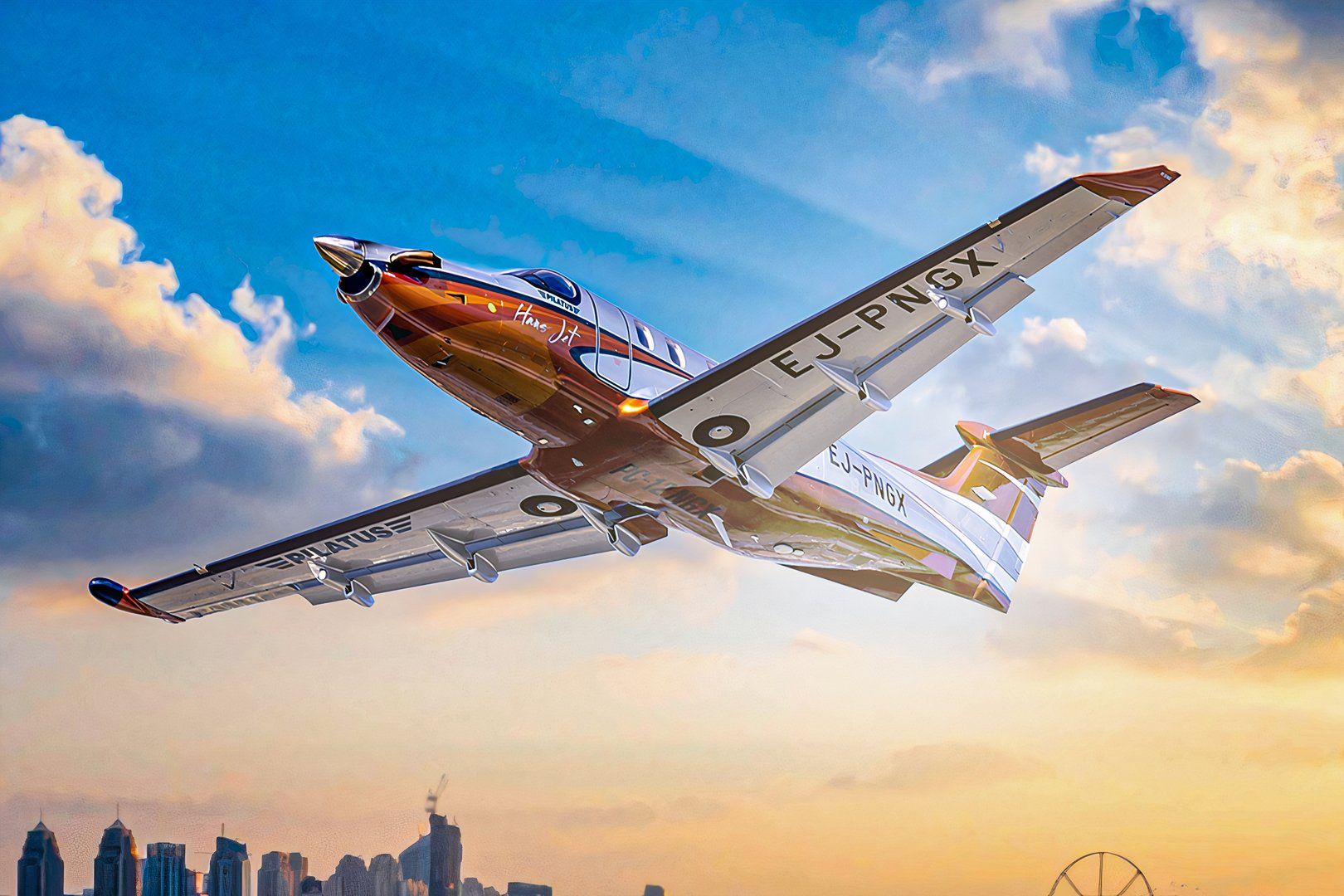
Related
Impressive Turboprop: A Guide To The Pilatus PC-12
Pilatus first introduced the aircraft in 1991.
The interiors can be tailored to include executive seating, ample cargo space, or specialized medical equipment, depending on the mission requirements. The luxurious amenities and thoughtful design elements, such as large windows for natural light and ergonomic seating, enhance the overall travel experience, making the PC-12 a preferred choice for discerning travelers.
Key highlights:
- Cabin volume: 330 cubic feet (9.34 cubic meters) of passenger space.
- Seating capacity: Accommodates up to 10 passengers.
- Customizable interiors: Options include custom hand-sewn leather, exclusive hardwood cabinetry, and fine upholstery.
4
Advanced avionics
Plus safety features
Pilatus has equipped the PC-12 with state-of-the-art avionics and safety features. The aircraft includes modern systems that enhance situational awareness and flight safety. According to Australian Flying, the PC-12 is equipped with the same Honeywell Advanced Cockpit Environment (ACE) system as the PC-24 twinjet.
Photo: Pilatus Aircraft
Safety systems such as tactile feedback in unusual attitudes, an Emergency Descent Mode (EDM), and a Crew Alerting System (CAS) that automatically displays the appropriate electronic checklist on the multi-function display help prevent accidents and enhance overall flight safety.
Photo: Pilatus Aircraft
Innovative systems, including autopilot and the SmartView synthetic vision with head-up display symbology, assist pilots in reducing workload, further enhancing safety.
Key highlights:
- Avionics suite: Honeywell Advanced Cockpit Environment (ACE).
- Safety systems: Includes an Emergency Descent Mode (EDM) and a Crew Alerting System (CAS).
- Reduced pilot workload: Autopilot and SmartView for increased safety.
5
Rugged design and reliability
A key reason for its popularity
Built to withstand harsh environments, the PC-12 is renowned for its rugged design and exceptional reliability. This makes it an ideal choice for operations in remote and challenging locations.
The durable airframe is constructed to handle rough airstrips and adverse weather conditions, ensuring that the aircraft can operate safely and efficiently in a variety of environments. The PC-12’s high dispatch reliability underscores its dependability and readiness for any mission, per Altitudes Magazine.
Photo: Pilatus Aircraft
The robust landing gear is designed for rugged terrain, allowing the aircraft to land on unpaved surfaces without compromising safety or performance. This rugged design and reliability make the PC-12 a trusted partner for operators who need an aircraft that can perform consistently in demanding conditions.
Key highlights:
- Durable airframe: Constructed to handle rough airstrips and adverse weather conditions.
- Proven track record: High dispatch reliability.
- Landing gear: Robust landing gear designed for rugged terrain.

Related
A Look At All The Variants Of The Pilatus PC-12
A true ‘workhorse’ of an aircraft.
The Pilatus PC-12 is a remarkable aircraft that excels in versatility, efficiency, comfort, and reliability. Its ability to adapt to various roles, combined with advanced avionics and rugged design, makes it a favorite among operators worldwide. Whether for business, medical, or special mission applications, the PC-12 continues to set the standard for single-engine turboprops.

